Towards Zero Carbon - Catalytic Architectures
Achieving zero carbon emissions is essential for ensuring a livable planet - for ourselves and for future generations. As we move into Tranche 2 (2025-2028), our focus continues to support New Zealand’s goal for ‘net zero’ carbon emissions, and expands our research further into carbon-free fuels, by exploring new materials that will:
- Catch CO2 from air and waste streams, through clever chemistry that attracts CO2 to the surfaces of 3D spongelike materials (such as metal-organic frameworks, or MOFs); and
- Decarbonise the energy sector by designing new catalysts that will transform captured CO2 into green fuels using renewable energy inputs. In addition, we will explore catalysts for zero-carbon fuels (hydrogen and ammonia) that can remove carbon from energy systems.
Our research will support New Zealand’s goal for ‘net zero’ carbon emissions by 2050 by exploring new materials that will catch CO₂ and decarbonise the energy sector.
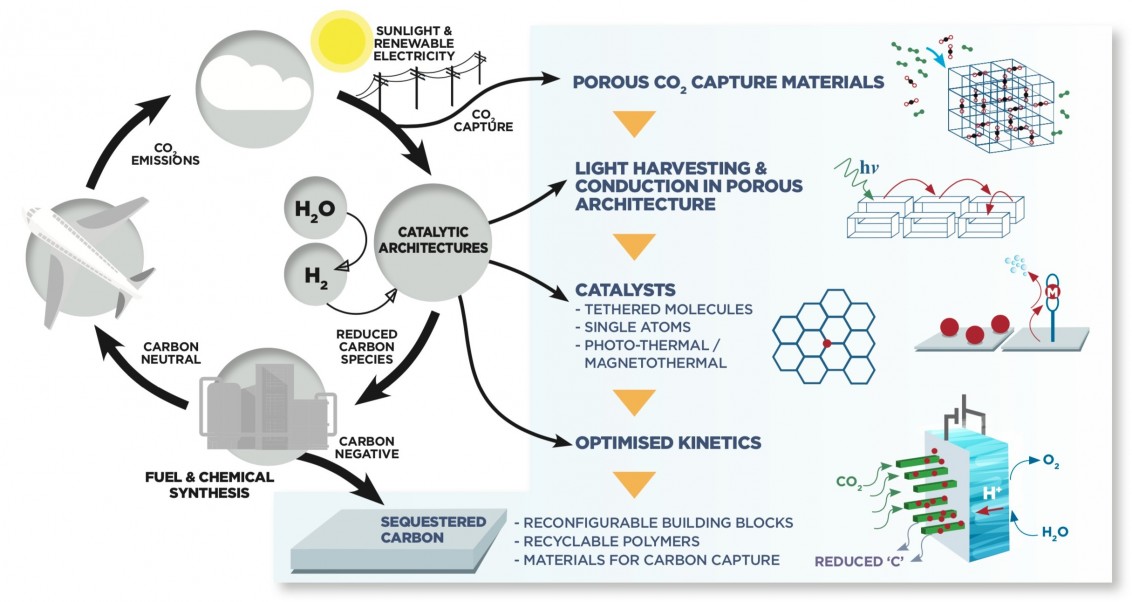
Our vision of carbon negative and carbon neutral cycles underpinned by catalytic architectures.
Project descriptions
CA-A: Separation and capture of greenhouse gases by porous materials
Principal Investigators: Matthew Cowan, Paul Kruger, Shane Telfer
This project will focus on the synthesis of porous materials and their application to the capture or separation of greenhouse gasses (GHGs) from gas mixtures. Metal-Organic Frameworks (MOFs) will be the central pillar for the platform of porous materials, but related porous materials Covalent-Organic-Frameworks (COFs) and other porous polymers will also be investigated. While CO2 will remain as the focal point of GHG capture, there are emerging areas of expertise within our Investigator cohort in the capture of methane.
As we move toward the deployment of these materials in industrially-relevant applications, their form factor becomes increasingly important. In this context, our investigations will encompass membranes, static adsorption beds and fluidised adsorption beds, for example.
CA-B: Conversion of greenhouse gases to harmless or value-added chemicals
Principal Investigators: Sally Brooker, Chris Bumby, Luke Liu, Aaron Marshall, Kim McKelvey
GHGs can be converted to harmless chemicals or, even better, value-added products through catalytic processes. This project will draw on the breadth of expertise amongst our Investigators that spans electrocatalysis and magnetothermal catalysis. By understanding precise details regarding the structure and mechanism of the catalysts and associated reactions, next-generation catalysts will be designed, synthesised and examined.
Our innovative approaches will include gas-selective membranes layers for electrocatalysis, plasma spray deposition and catalyst-targeted magnetothermal heating.
CA-C: Materials optimisation and design for carbon-zero fuels
Principal Investigators: Anna Garden, Keith Gordon, Franck Natali, Geoff Waterhouse
While the use of catalysts for the conversion and utilisation of carbon-based gases is outlined/set out in the two above projects (CA-A and CA-B), materials may also be designed and optimised for carbon-free systems: green hydrogen and ammonia being two key examples.
This project will build on synergies with CA-B around catalyst design to explore additional synthesis approaches, including the integration of state-of-the art modelling and techniques for mechanistic studies, and the development of catalysts for the production of low-carbon fuels with properties aligned with engineering-focused applications.
PhD scholarships available in Catalytic Architectures
Full list of PhD scholarships available in Catalytic Architectures funded by the MacDiarmid Institute and how to apply.
In the news
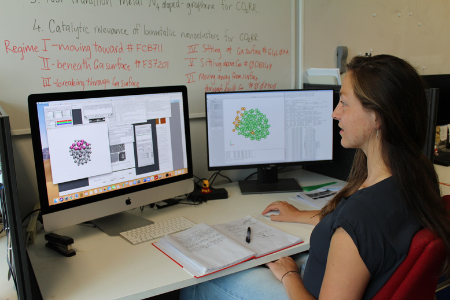
News Article
Liquid metals that create nanostructure - it’s the little details that count
March 8, 2021
PhD candidate and MacDiarmid Institute researcher Stephanie Lambie from successfully kick-started a new collaboration with FLEET.
Read more about Liquid metals that create nanostructure - it’s the little details that count
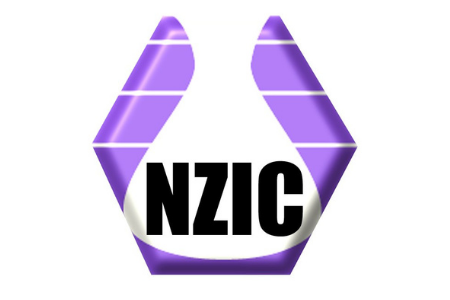
News Article
MacDiarmid Institute researchers win NZ Institute Chemistry awards
September 15, 2020
There were outstanding results announced for the Institute’s researchers in the 2020 New Zealand Institute of Chemistry (NZIC) awards.
Read more about MacDiarmid Institute researchers win NZ Institute Chemistry awards
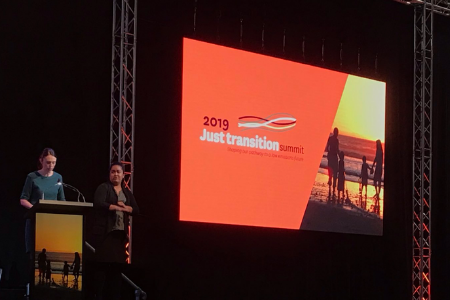
Annual Report
Materials science in the new energy sector
June 11, 2020
In May, the Government hosted the Just Transition summit in Taranaki on preparing for a low emissions economy,
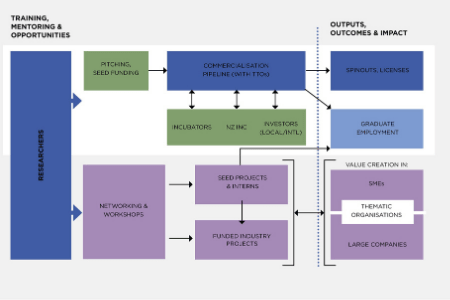
Annual Report
An integrated research commercialisation approach
June 11, 2020
Our efforts towards supporting emerging science entrepreneurs links students, experienced researchers, industry and investors across the country.
Read more about An integrated research commercialisation approach
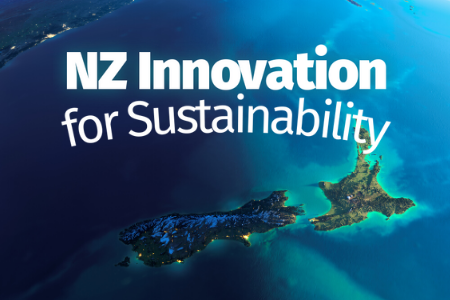
Annual Report
How can materials science offer a greener future for our planet? - Annual Report 2019
May 28, 2020
In 2019, we focused our annual regional showcase on 'NZ Innovation for Sustainability.'
Videos
April 8, 2019
Oxford Professor Henry Snaith and MacDiarmid Institute Co-Director Professor Justin Hodgkiss discuss the economics and science behind the remarkable growth in photovoltaics and reflect on some of the benefits of solar energy capture during the 8th International Conference on Advanced Materials and Nanotechnology (AMN8).
Nature of Science - Maan Alkaisi
March 21, 2019
The MacDiarmid Institute's Professor Maan Alkaisi speaks about his interesting work in nanotechnology - what is nanotechology and how do we use it?
His work is focussed on nanoscale structures and devices and is interested in how properties behave differently at small scales. From a young age Maan has been fascinated by the capability of small devices, like transistors and digital cameras, and his work is focused how making small, better, and more effective electronic devices to help us live healthier and better lives.
MacDiarmid Institute alumna Dr Rebecca Hawke: researching new solar cells
February 25, 2019
Physicist and MacDiarmid Institute alumna Dr Rebecca Hawke talks about solar cells and where science has taken her around the world.
This video includes captions.
1. Where in the world would you study science?
2. What are 5 items you can see around you that materials scientists worked on?
Read more MacDiarmid Institute alumna Dr Rebecca Hawke: researching new solar cells
MacDiarmid Institute alumnus Dr Matthew Cowan: the importance of failure in success
February 25, 2019
MacDiarmid Institute alumnus Dr Matthew Cowan discusses his research and the importance of failure in success.
This video includes captions.
Read more MacDiarmid Institute alumnus Dr Matthew Cowan: the importance of failure in success
2015 Lecture Series: The Energy Revolution
February 16, 2019
The age of fossil fuels is coming to an end. Global warming from their burning is undeniable, but when will tomorrow begin? Will it be a smooth transition into renewable energy? Is there even enough sunlight striking the Earth to supply the increasing energy demands of 6-9 billion humans? Can our renewable energy sources be enough for a nuclear-averse country like New Zealand?
In the 2015 MacDiarmid Institute Regional Lecture Series: The Energy Revolution MacDiarmid Institute researchers Justin Hodgkiss and Luke Liu discuss and begin to answer these big questions.


